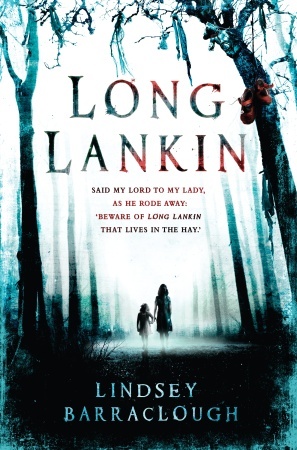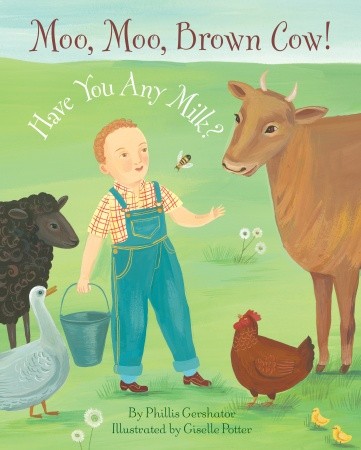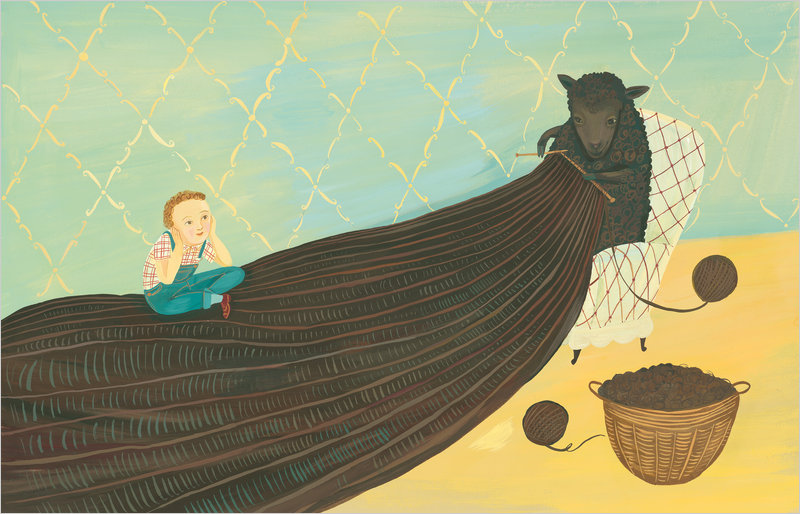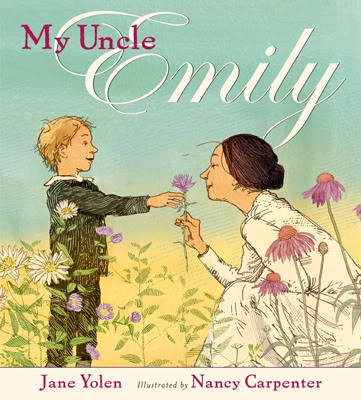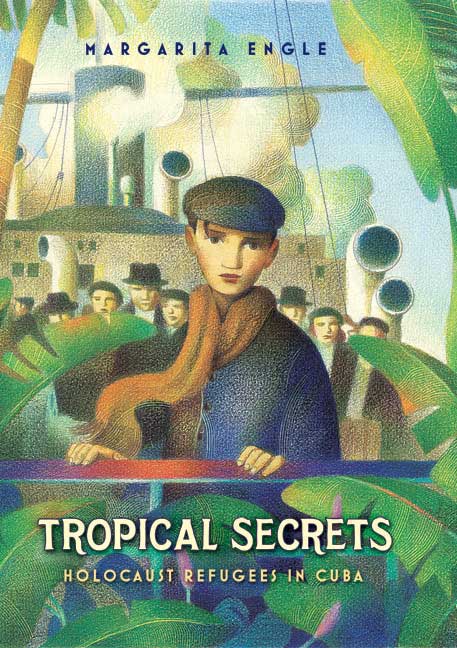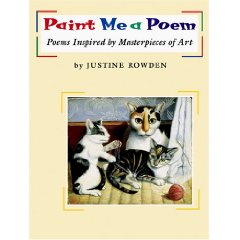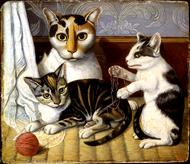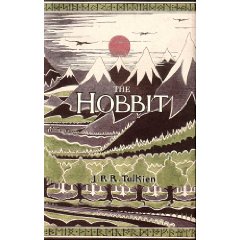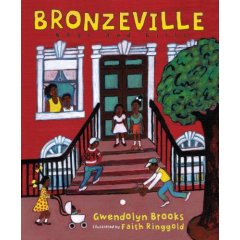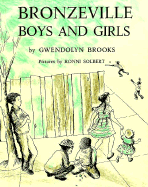 When my friend (and fearless leader of Wednesday writers) Jackie Jules asked if I would participate in the Children's Poetry Blog Hop, I knew I had to say yes. What I didn't know was what I was going to say next. You know, on the subject of children's poetry. I'm supposed to ask (and answer) three questions in a Mortimer Minute. Here goes:
When my friend (and fearless leader of Wednesday writers) Jackie Jules asked if I would participate in the Children's Poetry Blog Hop, I knew I had to say yes. What I didn't know was what I was going to say next. You know, on the subject of children's poetry. I'm supposed to ask (and answer) three questions in a Mortimer Minute. Here goes:
Formal or free verse? Formal. As a writer, I like the freedom of working within certain contraints, and the subversive pleasure of defying them.
A favorite form? Haiku. Three lines: one breath. I teach haiku as part of a program for families that uses observation, discussion, and poetry (or sketching, or sound) to explore works of art, and I encourage my families to think about haiku as an experience--capturing a moment--not an exercise in counting syllables. 5-7-5 doesn't work in English the way it does in Japanese; try short-long-short instead.
 A collection of haiku for children? My favorite is Today and Today; haiku by master Kobayashi Issa, pictures by G. Brian Karas (Scholastic, 2007). Karas selected and arranged 18 of Issa's haiku to tell a story of four seasons--one ordinary, extraordinary year--in the life of a family. Our library shelves it with the picture book fiction rather than the poetry, actually. It's beautiful, understated but very sad.
A collection of haiku for children? My favorite is Today and Today; haiku by master Kobayashi Issa, pictures by G. Brian Karas (Scholastic, 2007). Karas selected and arranged 18 of Issa's haiku to tell a story of four seasons--one ordinary, extraordinary year--in the life of a family. Our library shelves it with the picture book fiction rather than the poetry, actually. It's beautiful, understated but very sad.
That's all for the Mortimer Minute! And thank you, Jackie, for asking me to participate: as it turns out, I did have something to say about children's poetry. Maybe even more than a minute's worth! If you do, too, please consider participating in the Children's Poetry Blog Hop. Mortimer and I will thank you.
[Poetry Friday is at Jama's Alphabet Soup today. Thanks, Jama!]
